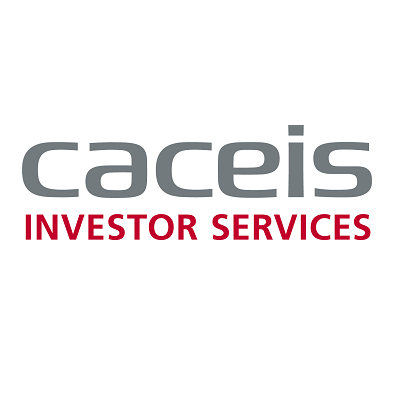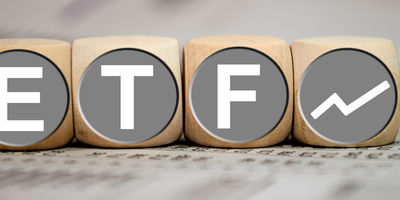Despite the poor performance in 2022, ETFs continued to receive inflows throughout the year, showcasing their resilience compared to other investment products. This success may prompt fund promoters to consider launching an ETF strategy if they haven’t already. However, they may wonder where to start and what is required.
The majority of the ETFs in Europe are UCITS funds (Undertaking in Collective Investments in Transferable Securities), which are well-known structures with an excellent reputation in the market. They permit easy passporting across Europe and can also attract investors from Asia and Latin America. Other ETFs can be set up as Special Purpose Vehicles (SPVs) but the legal framework will depend on the overall strategy and the funds’ investment policy.
 Although ETFs can be domiciled in any jurisdiction, Europe offers two primary hubs for these products: Ireland and Luxembourg. Recently, Ireland has become a leader, with 66% of the ETF market, primarily due to its favourable tax treatment on US securities compared to other jurisdictions. Depending on the domicile, ETFs may be set up as a SICAV, an ICAV, or any of a number of other legal structures.
Although ETFs can be domiciled in any jurisdiction, Europe offers two primary hubs for these products: Ireland and Luxembourg. Recently, Ireland has become a leader, with 66% of the ETF market, primarily due to its favourable tax treatment on US securities compared to other jurisdictions. Depending on the domicile, ETFs may be set up as a SICAV, an ICAV, or any of a number of other legal structures.
“A crucial element to consider is where the ETFs will be listed. The European market is fragmented and distribution can become expensive due to the 30+ exchanges and multiple currencies. Each exchange has a unique process and cost structure that must be considered taking into account the target investors and the distribution strategy” commented Gilles Dubos, Senior Expert - ETF Solutions at CACEIS. ETF shares are exchanged on the stock market, and the issuance model needs to be selected based on preferences, target investors, cost, and market practices. The fund issuer can choose between the ICSD+ model led by Clearstream, the ICSD model led by Euroclear or a local Central Securities Depository (CSD).
Promoters also need to select the service providers to help launch the ETF. Choosing the right partners with experience in the ETF industry can facilitate the entire process. “Selecting an administrator, a custodian, a law firm to draft a prospectus, the auditors, and a common depository if using the ICSD model are all essential factors”, explained Gilles Dubos.
The market maker and authorised participants (APs) play a key role in placing orders, monitoring liquidity and acting as intermediaries for the secondary markets. An agreement needs to be in place between the UCITS and the authorised participant who will be on-boarded by the transfer agent as an authorised investor.
To meet transparency requirements, ETFs must publish a daily Portfolio Composition File (PCF), allowing authorised participants to price the funds for the secondary market. Clients need to decide whether to keep this activity in-house, contract it out to a provider or request the administrator to handle it, as proposed by CACEIS.
Launching an ETF can be daunting due to all the decisions and considerations involved. Issuers may rely on a specialised ETF consultant’s experience, engage a white label provider, or decide to handle the task themselves. “At CACEIS, we service over €100 billion in ETF assets for our large clients, and have recently assisted our latest client, Investlinx, in Ireland with the launch of new ETF products. We offer the knowledge, tools and network contacts that will help you build long-term partnerships for a successful business venture. Regardless of where you are in the process, CACEIS is here to help” added Gilles Dubos.




